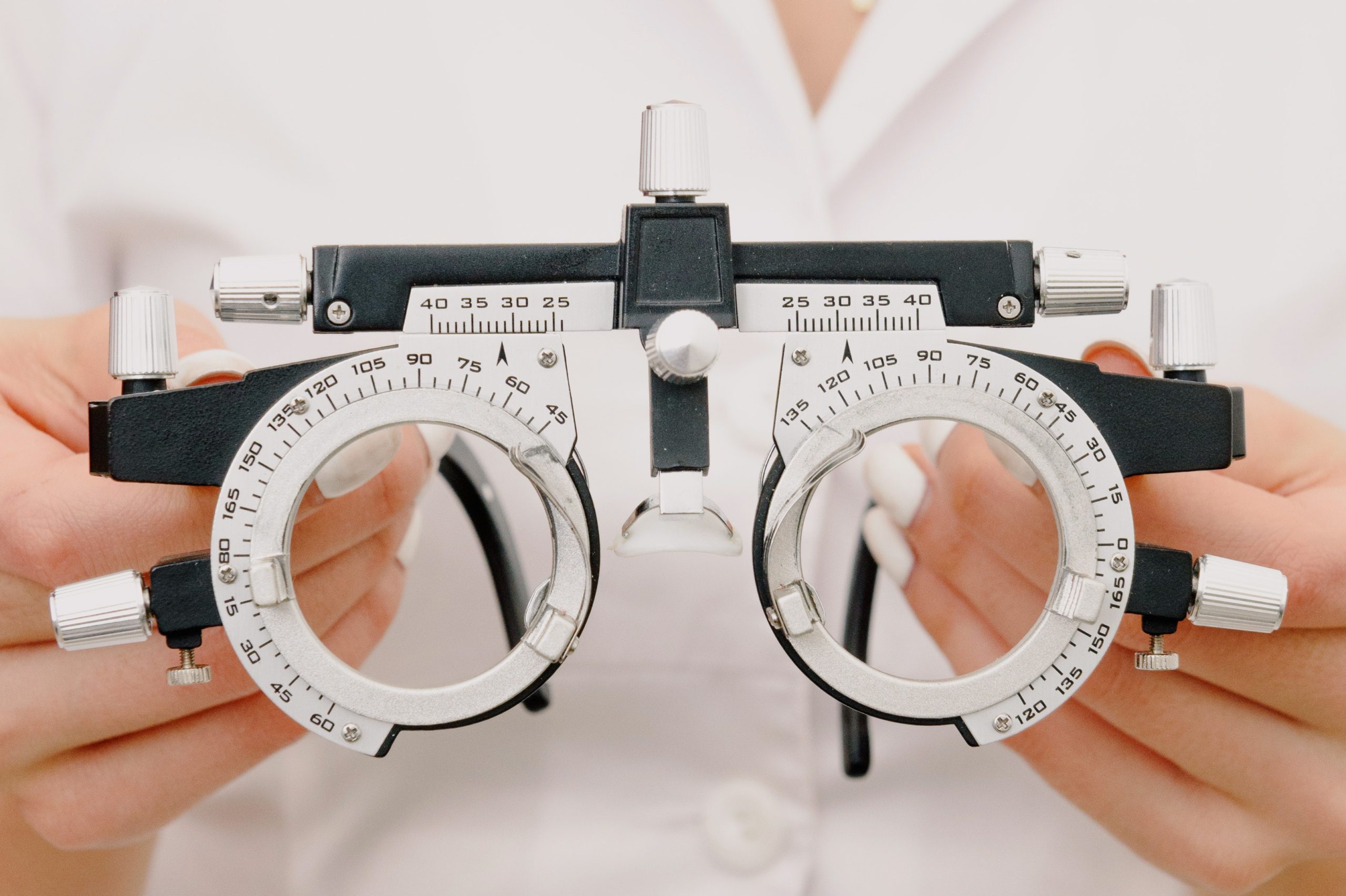
Securing a significant down payment for a property is a challenging task for most people who are considering purchasing a home. But how much down payment do they have to make on a standard mortgage? It is a question of concern for many. If you put down less than the typical 20%, a lender will usually need you to purchase PMI. As a result, it’s critical to understand your private mortgage insurance (PMI). Some folks just cannot afford a down payment of 20%. Others may choose to make a lesser down payment to have more cash on hand for repairs, renovations, furniture, and emergencies. Let’s look into PMI in more detail.
Table of Contents
What Exactly is Private Mortgage Insurance (PMI)?
PMI, a short form for private mortgage insurance, is a way of protecting the lender against the possibility of a borrower defaulting on mortgage money by covering the mortgage payments if the borrower fails. Most lenders demand private mortgage insurance (PMI) if borrowers are unable to put down a down payment of at least 20% of the home’s value. PMI fees may vary from 0.5 per cent to 2 per cent of the entire loan amount. Depending on the amount, it may be hundreds of dollars per month added to your monthly mortgage payment.
The alternative is also true in certain cases, since some loans, such as VA loans and special government programmes targeted at assisting low-income borrowers in purchasing their houses, do not need the purchase of a mortgage insurance policy.
How Does PMI Work?
The loan-to-value ratio of a mortgage is one of the risk indicators that lenders look for when assessing a mortgage loan. The loan-to-value ratio is computed by dividing the loan amount by the home’s value. Most mortgages with a loan-to-value ratio of above 80% require the borrower to acquire private mortgage insurance (PMI) since these loans are considered riskier. In most cases, private mortgage insurance is paid monthly to the lender as part of the total mortgage payment, although it may also be paid as a one-time charge at closing.
PMI is not permanent; it may be cancelled if a borrower has paid enough of the mortgage’s principle to qualify for a reduction in the rate. If a borrower is regular on their payments, their lender is obligated to terminate private mortgage insurance on the day the loan amount is expected to exceed 78% of the initial value of the house (when the equity reaches 22 per cent). If a borrower has made sufficient payments toward the principal amount of the loan, they could contact the lender and request that the PMI payment is waived. Even if the market value of your house has decreased, the federal Homeowners Protection Act requires you to terminate your mortgage loan as soon as possible.
Types of Private Mortgage Insurance
PMI is available in a variety of forms, such as:
- Borrower-Paid Mortgage Insurance: In the case of borrower-paid mortgage insurance, the premiums are included in your monthly payment. This will also contain the principal amount, interest payments, and any additional fees, such as property taxes. The money is subsequently sent to the insurance every month.
- Lender-Paid Mortgage Insurance: While lender-paid mortgage insurance could seem to be an appealing alternative, you will still be liable for the policy’s cost. Instead of seeing that premium as just a line item on your mortgage statement, you’ll most likely see a higher interest rate or additional loan origination fees as a consequence of it.
- Single-Premium Mortgage Insurance: The expense of single-premium PMI has bundled into a single payment rather than split into monthly payments as is the case with traditional PMI. You have the choice, according to the loan terms, of paying the cash in full at closing as well as rolling it into the loan for a larger total loan amount.
- Split-Premium Mortgage Insurance: Using a split-premium mortgage insurance arrangement, you’ll pay a higher up-front fee that will cover a part of the costs, allowing you to lower your monthly payment obligations.
- FHA Mortgage Insurance: This form of mortgage insurance is included with an FHA loan. A down payment is required, followed by yearly mortgage insurance payments, which are non-cancelable in the majority of cases.
How to Stay Away from PMI
While looking into loans for your home you could try to avoid getting into any PMI which is better than getting rid of it later. You could avoid paying PMI if you put down a down payment equal to or more than 20% of the property’s worth yet there are other ways to avoid getting into PMI. One way to avoid PMI is by making a down payment equivalent to at least one-fifth of the buying price of the property is one approach to avoid paying PMI. For example, a $180,000 new house would need a $36,000 down payment to avoid PMI. While it is the easiest approach to prevent PMI, it may not be practicable.
Another option, the piggyback mortgage, is also available to suitable customers. In such a case, a second mortgage or home equity loan is taken out along with the first. For example, an “80-10-10” piggyback mortgage covers 80% of the purchase price, 10% by the second loan, and 10% by your down payment. This reduces the first mortgage’s LTV to under 80%, removing the requirement for PMI. For example, a $180,000 new house would need a $144,000 first mortgage, a $ 18,000-second mortgage, and an $18,000 down payment.
Exceptions include VA loans, piggyback mortgages and particular low-down-payment schemes offered by financial institutions and other lending institutions, all of which do not need a down payment of any kind.
How Much Does PMI Cost?
According to the Urban Institute, PMI premium rates vary from 0.58 per cent to 1.86 per cent of the initial loan amount. The cost of PMI is determined by two factors:
- Your Loan-to-Value Ratio: It affects how much PMI you pay. If you put down 5%, your LTV ratio is 95%. Your LTV ratio would be 85% if you put down 15%. Because a little down payment increases the lender’s risk, your PMI payments will increase accordingly.
- Credit Rating: The cost of PMI is heavily influenced by your credit history and score. Consider the Urban Institute’s example of a down payment of 3.5 per cent on a $250,000 house. With a FICO score of 760 or above, the monthly mortgage payment is $1,164. Those monthly payments are $1,495 for buyers with credit scores between 620 and 640, reflecting a much higher PMI fee.
How to Get Rid of PMI
Following are some of the ways to be concerned about getting rid of the PMI that you are already linked to.
Wait for the Automatic Cancellation
The federal Homeowners Protection Act of 1998 commonly known as the PMI Cancellation Act mandates your mortgage lender to automatically cancel your private mortgage insurance (PMI) when you are anticipated to have 22 per cent equity in your residence. As a reminder, this date may alternatively be expressed as “the planned day when the principal amount equals 78 per cent of the home’s original value.”
Loan servicers are also required to remove your private mortgage insurance (PMI) the month after you are anticipated to be halfway through paying off the loan. Even if you do not have a 22 per cent stake in the company, the ultimate termination happens. In most cases, this occurs if you have an interest-only mortgage, a mortgage with a lump sum payment, or if your mortgage is in deferment. Regardless of whatever option you choose, you must be current on your mortgage payments to be eligible for automatic PMI cancellation.
Who will gain from it: This method of removing private mortgage insurance (PMI) is effective for homeowners with traditional mortgages who have made all of their payments on time and have achieved the milestones of 22 per cent equity or the halfway point in the loan’s term. You must be current on your payments to be considered for this program.
Request PMI Cancellation
Another way to get rid of PMI is to request that your loan servicer cancel your PMI if the loan’s principal amount reaches 80 per cent of the home’s original value rather than waiting for automatic cancellation. Originally, the worth of your house was lesser than its appraised value or its selling price at the time you took the mortgage.
Having a strong payment history and not being late on your payments are requirements for eligibility. Another possibility is that you will be unable to get a second mortgage, such as a home equity loan or home equity line of credit.
Who will gain from it: It might be beneficial to homeowners who have a strong payment history. They will be able to employ this strategy after they have amassed a 20 per cent stake.
Get a New Appraisal for Your Home
As the value of your home increases, the principal balance remains the same, and your equity grows as a result. Because of increased property values in your neighborhood or the completion of home improvement work, you may have more than 20 per cent equity in your house even though you haven’t made any additional mortgage payments.
Lenders may be ready to remove your PMI if you have 20 per cent equity in your house based on the current valuation of your property. You may, however, be required to pay for a house evaluation before you can proceed. In this situation, communicate with your lender about obtaining a new appraisal & getting rid of your PMI.
Who will gain from it: Borrowers who reside in especially hot markets may have seen their property prices skyrocket in the previous several years. The figure may have risen enough to push you out of the PMI range.
Refinancing
When the mortgage rates are low, you may want to refinance to save money on interest or lower your monthly payments. Refinancing may also remove PMI if your new mortgage debt is below 80% of the home’s value. It’s a double saving.
Refinancing works if your house has appreciated significantly since your previous mortgage. For example, if you purchased your home four years ago with a 10% down payment and the value has increased 15%, you owe less than 80% of the property’s value. In this case, you may refinance without paying PMI. Any refinance should be weighed against the possible savings from improved loan conditions and removing PMI.
Who will gain from it: This method works effectively in areas where property prices are increasing. If your house’s value has decreased, refinancing may have the reverse impact; you may be obliged to pay PMI if your home equity has decreased.
Conclusion
If a person does not have a large sum of money set up for a down payment, owing PMI is a choice he must make to borrow more money. The most frequent method of obtaining Private Mortgage Insurance is by making 20% downpayments by the homeowners. However, it is critical that homeowners who pay for PMI be informed of their rights under the Homeowners Protection Act. This federal statute, commonly known as the PMI Cancellation Act, shields you from exorbitant PMI fees. Once you’ve accumulated the minimum amount of equity in your house, you have the right to be free of PMI. Lenders have varying policies for cancelling PMI, but they must allow you to do so.



